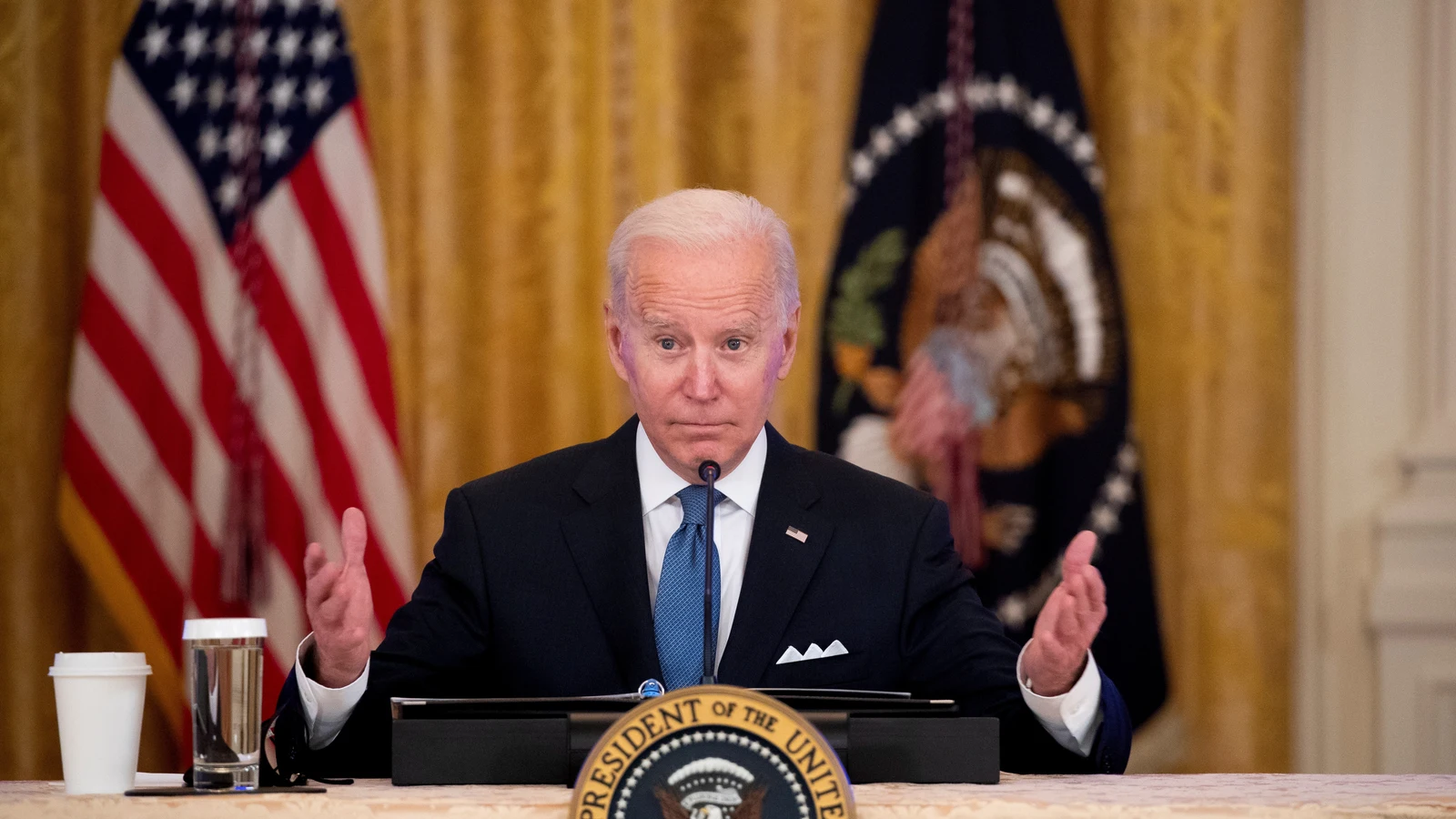The spokesman for the US Department of Defense has indicated that these military units, most of them on land, will be ready in case Russia decides to advance towards Ukraine
The United States has put 8,500 troops “on alert” amid heightened tensions with Moscow over the Ukraine conflict , though no decision has yet been made on a deployment to eastern Europe.
The spokesman for the US Department of Defense, John Kirby, has indicated that these military units, most of them on land, will be ready in case Russia decides to advance towards Ukraine. ” We are not deploying them now, we are not saying that diplomacy is dead “, he assured before stating that being on “high alert”, the preparation time for deployment is cut from ten to five days.
Likewise, Kirby has highlighted that the bulk of US troops – with ground, air and sea troops – would be deployed in Eastern European countries within the NATO Response Force (NRF), for what would be activated only if the Atlantic alliance requests it.
However, he does not rule out a possible “unilateral” US deployment outside the NRF, although he has insisted that in that case it would always be in coordination and after consultation with the allies.
Asked about where the US deployment would take place, he did not offer more details and limited himself to saying that it would be in allied nations on the eastern flank of NATO. The US contingent, he said, would be made up of combat brigades, which would have the support of logistical, medical and aviation teams, among others.
The White House discusses a possible deployment with its allies in Europe
The White House has discussed with its European allies a possible deployment of US troops in Eastern Europe. “We have been consulting with our allies and detailing plans for all scenarios. We have always said that we would reinforce our allies on the eastern flank and we have been discussing this with our partners for the past few weeks,” said government spokeswoman Jen Psaki, at a press conference.
Despite this increase in rhetoric from the North American country, the EU foreign ministers still do not appreciate a risk of “imminent attack” on Ukraine . “No, I don’t think there is anything new that could increase the feeling of fear about an imminent attack,” said the EU representative for Foreign Affairs, Josep Borrell, at a press conference at the end of the Council of Community Foreign Ministers, which Blinken joined via videoconference.
In fact, the members of the EU are not going to follow for the moment the measure adopted by Washington to withdraw non-essential personnel from its Embassy in Kiev , and this despite the fact that the White House asked Americans in Ukraine on Monday to “get out already” of the country .
Biden speaks of “total unanimity” with Europe
For his part, the US president assured on Monday that there is “complete unanimity” between his position and that of his European allies regarding the concentration of Russian troops on the border with Ukraine. “I have had a very, very, very good meeting. (There is) total unanimity with all the European leaders,” Joe Biden told reporters at the White House.
The president spoke like this, without giving more details, after having a conversation of one hour and twenty minutes with the president of the European Commission (EC), Ursula von der Leyen; and NATO Secretary General Jens Stoltenberg, among others, to coordinate the response to the Ukraine crisis.
The president of France , Emmanuel Macron, also participated in the video call ; German Chancellor Olaf Scholz; the Italian prime minister, Mario Draghi; the Polish president, Andrzej Duda, and the British prime minister, Boris Johnson, as well as the president of the European Council, Charles Michel.
In a subsequent tweet, Biden said the leaders had discussed “joint efforts to deter further aggression by Russia, such as preparations to impose heavy economic costs on Russia and bolster security on the eastern flank” of NATO.
Today, I spoke with European leaders in response to Russia’s military buildup on Ukraine’s borders. We discussed our joint efforts to deter further Russian aggression, such as preparations to impose severe economic costs on Russia and reinforce security on the eastern flank. pic.twitter.com/2XvTTvdLJl
— President Biden (@POTUS) January 24, 2022
The White House later added in a statement that participants in the call “underscored their shared desire for a diplomatic resolution of the current tensions” as well as “reviewed their recent contacts with Russia in multiple formats.”
The leaders “committed to continue their close consultations with their transatlantic allies and partners, including through the EU (European Union), NATO and the OSCE (Organization for Security and Cooperation in Europe),” according to the official statement.

